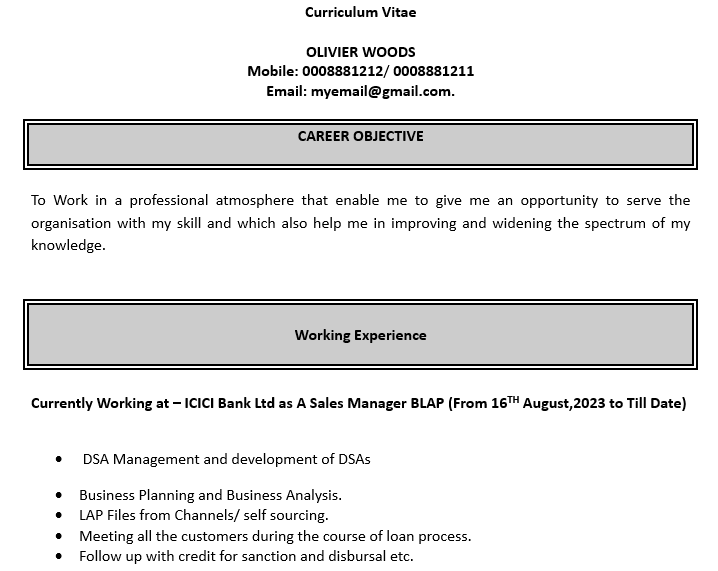Create a beautiful and professional resume that effectively showcases your qualifications and helps you stand out to employers. Crafting a beautiful resume involves a combination of design principles, content organization, and attention to detail. Here are some tips to help you create a visually appealing and effective resume:
- Choose the right format: Select a clean and professional layout that complements your industry and career level. Common formats include chronological, functional, and combination resumes.
- Use white space effectively: Avoid clutter by incorporating ample white space throughout your resume. This helps to improve readability and draws attention to key sections of your resume.
- Select an appropriate font: Choose a clear and easy-to-read font for your resume, such as Arial, Calibri, or Helvetica. Use a consistent font style and size throughout the document.
- Emphasize important information: Use formatting techniques such as bolding, italicizing, or using a larger font size to highlight key headings, job titles, and achievements. This helps to guide the reader’s attention and makes your resume more scannable.
- Incorporate visual elements: Add subtle visual elements such as lines, borders, or shading to divide sections and create visual interest. Be cautious not to overdo it, as too many visual elements can distract from your content.
- Include a professional summary: Write a concise and compelling summary at the top of your resume that highlights your key skills, experiences, and career goals. This helps to provide context for the rest of your resume and captures the reader’s interest.
- Organize your content logically: Structure your resume in a logical and easy-to-follow format, with clear headings and subheadings for each section. Use bullet points to list your achievements, responsibilities, and skills in a concise manner.
- Tailor your resume to the job: Customize your resume for each job application by highlighting relevant skills, experiences, and accomplishments that align with the job requirements. This demonstrates your suitability for the position and increases your chances of getting noticed by employers.
- Proofread carefully: Take the time to proofread your resume for spelling, grammar, and punctuation errors. Check for consistency in formatting and ensure that all information is accurate and up to date.
- Save your resume as a PDF: When you’re finished crafting your resume, save it as a PDF file to preserve the formatting and ensure that it can be easily opened and viewed by employers.










